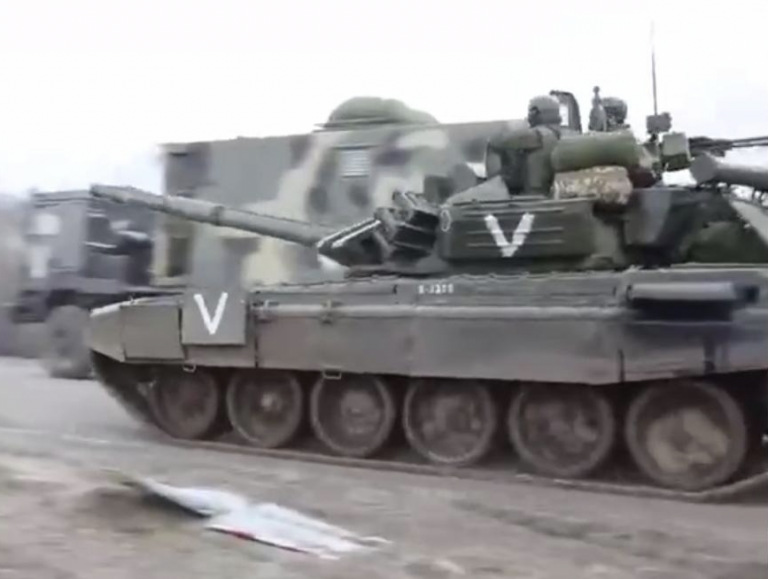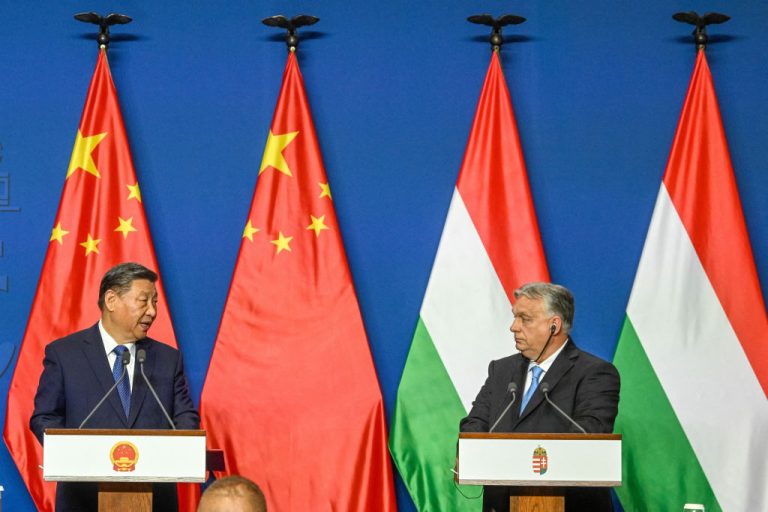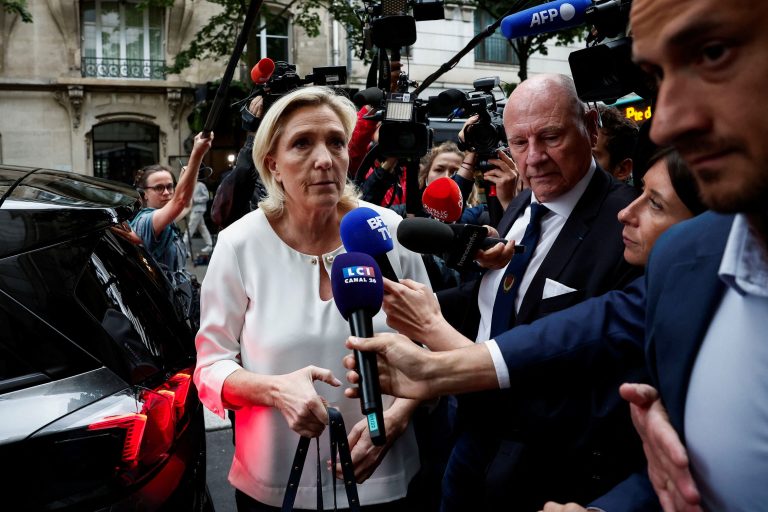Oleksiy Danilov, secretary of Ukraine’s National Security and Defense Council, has stated that Russian armed forces are readying a second wave of troops to attack all across the front, which “we must approach as prepared and united as possible.”
Writing on Facebook, Danilov noted that while Ukrainian troops were fighting hard and the “time of our victory over the Russian chimera is approaching every day,” the Kremlin was “preparing a second wave of large-scale offensive.”
“The enemy’s plan is to encircle key cities, bleed the Ukrainian Armed Forces dry, and create a situation of humanitarian catastrophe for the civilian population,” according to the secretary, who made his post on March 6.
Russia invaded Ukraine on Feb. 24, 2022, making rapid initial progress in the first week of the war that Russian President Vladimir Putin presented as a “special military operation.” Staunch Ukrainian resistance has prevented the invaders from seizing the country’s largest cities, notably Kiev and Kharkov.
“We withstood the first, most difficult wave of Russian orcs’ attack,” Danilov wrote in his post. The myth about Putin’s most modern and powerful army in the world was destroyed and burned on the roads of Kyiv, Kharkiv, Chernihiv, Mykolayiv regions. In no direction have Russian terrorist forces achieved strategic success.”
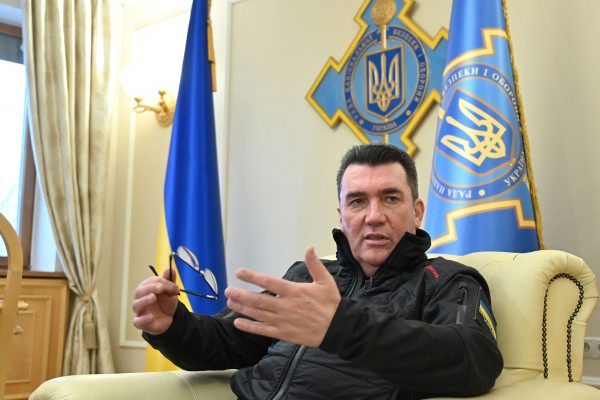
Success
You are now signed up for our newsletter
Success
Check your email to complete sign up
Many observers have noted glaring deficiencies in the Russian army, such as troops abandoning tanks and other vehicles, as well as trouble with providing supply and air support.
READ MORE:
- Russia Confirms Destruction of Ukraine’s An-225 ‘Mriya,’ Largest Airplane on Earth
- Russia Publishes First Estimate of Losses in Ukraine Invasion
However, the outcome of the war is far from clear, given the short length of the conflict up to the present, as well as the continued advance of the Russian armed forces.
In particular, invading forces crossing the land bridge from Russian-held Crimea have succeeded in capturing much of southern Ukraine, taking the cities of Kherson and Melitopol, as well as the Zaporizhzhia nuclear power plant, which generates a quarter of the country’s electricity.
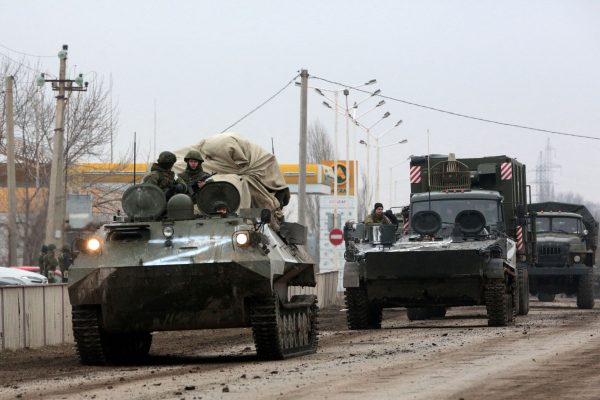
Gains in the south
The coastal city of Mariupol, defended by the infamous ultranationalist “Azov” battalion, has been encircled by Russian forces attacking from the southern and eastern directions; a shaky cease-fire has been agreed upon to allow the safe passage of civilians from the city.
Russian military strategy is heavily influenced by the country’s experience in World War II. Rather than securing difficult areas immediately, Russian attacking forces focus on capturing as much territory as possible in the initial wave, or echelon, of an offensive, then relying on succeeding echelons to reinforce those gains and secure the rear.
Danilov warned that in the upcoming second wave of Russia’s invasion, the “occupation forces command” will shift their focus to the southern Ukraine in an attempt to deprive the country of access to the Black Sea and “create conditions for economic suppression of the Ukrainian Resistance.”
Currently, the Russians control most of the Ukrainian coast on the Black Sea and the smaller Azov Sea; however, the major city of Odessa is still held by Ukraine and fighting continues for control of Mykolaiv, an important shipbuilding center.
Meanwhile, the “enemy does not give up hopes to seize Kyiv,” Danilov added, noting that the Russians are gathering troops and supplies to bring about an encirclement of Ukrainian defenders on the Dnieper river that bisects the country of 44 million.
U.S. officials had predicted that Kiev would fall in 96 days. Currently, the Russians only control some suburbs of the capital on on the east and west banks of the Dnieper — and these are heavily contested by the defenders.
READ MORE:
- Western Intelligence Report: China Asked Russia to Delay Invasion of Ukraine Until After Winter Olympics
- Russia Reveals the Meaning of ‘Z’ and ‘V’ Symbols Painted on Its Ukraine Invasion Units
The war has killed thousands of people on both sides since it began, including at least hundreds of civilians. More than 1.5 million Ukrainians have fled the country, mostly women and children as men ages 18 to 60 have been barred from leaving.
The Kremlin began the invasion to “demilitarize” and “denazify” Ukraine, claiming that the country is run by anti-Russia ultranationalists and presenting its action as a preemptive move to protect Russia in the face of NATO and EU expansion. Putin has called for the end of the current Ukrainian government, and disputed the validity of Ukraine’s independent existence.
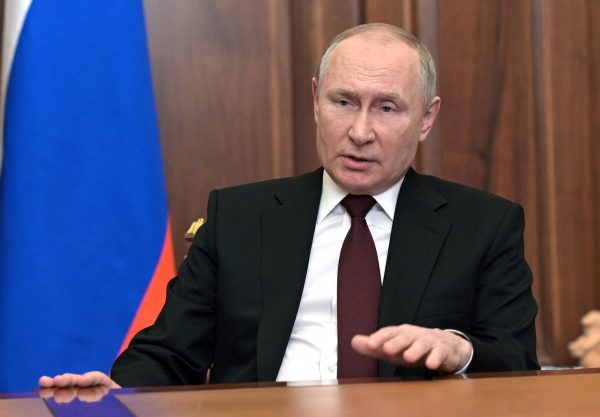
On March 5, the Russian president claimed in a televised address that the “special military operation” was proceeding as planned. He also warned that continued Ukrainian resistance could “call into question the future of Ukrainian statehood.”
Ukrainian President Volodymyr Zelensky has remained in Kiev to lead the defense. He has called upon NATO to send aircraft to Ukraine to create a no-fly-zone over its airspace, a move NATO has rejected due to the high risk of leading to nuclear war.
Earlier on March 1, Danilov had claimed that a team of Chechens sent to assassinate Zelensky had been foiled; the assassin unit “was eliminated.”
Chechnya is an autonomous Muslim region in southern Russia; its leader and ally of Putin, Ramzan Kadryov, has sent thousands of soldiers to help the Kremlin’s efforts.



